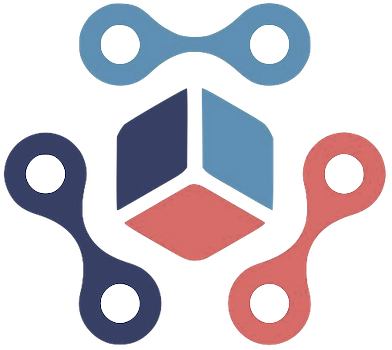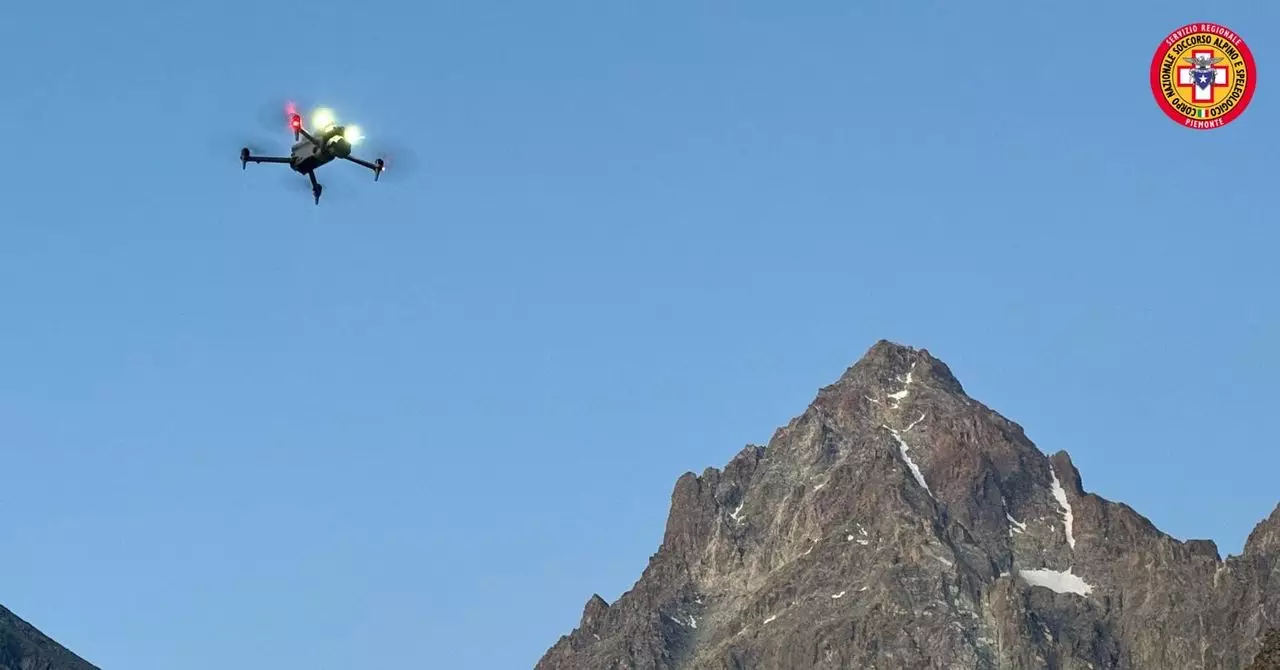Traditional search and rescue missions in rugged terrains, especially high-altitude mountain environments, have long been hampered by the constraints of human capability. When a hiker goes missing amidst sprawling wilderness, the effort to locate their whereabouts often stretches over weeks or even months. Human rescuers face numerous challenges: limited visibility, unpredictable weather, fatigue, and the sheer vastness of the terrain. Moreover, manual analysis of aerial footage or images is labor-intensive, prone to human error, and slow, often delaying critical interventions.
The mountain landscapes, characterized by jagged rocks, crevasses, snowfields, and hanging glaciers, add a layer of complexity that can render traditional search methods futile or dangerously inefficient. Rescuers must rely heavily on visual cues and experienced judgment, but in challenging conditions with poor lighting or inclement weather, these efforts become even more arduous. This creates a disturbing reality where the window to recover a missing person or locate vital clues diminishes rapidly, sometimes leading to preventable tragedies.
The Game-Changer: Artificial Intelligence in Mountain Search Operations
Recent advances in artificial intelligence (AI) have begun to turn the tide against these limitations. AI-powered image analysis systems are now capable of sifting through thousands of aerial images in a fraction of the time it would take a human. Instead of weeks or months, specific features like helmets, backpacks, or clothing can be flagged within hours, drastically reducing the time-to-discovery.
The case of the recent rescue on Monviso exemplifies this breakthrough. In this operation, equipped with drones capturing 2,600 frames from approximately 50 meters above ground, AI algorithms processed the data in mere hours. Unlike human eyes that might overlook subtle details amid complex mountain scenery, the AI system detected pixels of differing color—clues that led to the discovery of a helmet and ultimately, the body of the missing hiker after more than ten months.
This swift detection underlines AI’s potential to dramatically increase the success rate of mountain rescue missions. It transforms an exhaustive and error-prone manual task into a precise, efficient process. AI doesn’t eliminate human rescuers; it enhances their capabilities, providing them with powerful tools to make informed decisions rapidly. The technology’s efficiency was evident when the rescue team, after analyzing the drone images, could pinpoint suspicious spots within hours and mobilize the necessary resources for retrieval.
Transforming Rescue Strategies and Saving Lives
The application of AI in rescue operations is not just about speed; it fundamentally shifts strategic planning. With rapid image analysis, rescue teams can prioritize certain zones, allocate resources more intelligently, and reduce exposure to dangerous environments for personnel. This technological edge becomes even more vital in high-altitude scenarios, where weather can change swiftly, and time is often against the victim.
Furthermore, integrating data from other sources such as cell phone signals or personal devices amplifies AI’s effectiveness. In the Monviso case, intelligence from the victim’s mobile phone provided additional clues, enabling rescuers to target their search more accurately. Combining AI’s visual detection power with digital clues creates a comprehensive approach that was previously unimaginable.
However, the reliance on AI is not without critique. It demands significant investment in technology and training, and raises concerns about overdependence on machines. In some cases, false positives or missed detections could occur, although ongoing improvements in algorithms mitigate such risks. While AI promises to revolutionize rescue techniques, it should be viewed as a complement—not a substitute—for skilled human rescuers.
The Future of Mountain Rescue: A Technological Paradigm Shift
Accepting AI as a core element of rescue operations compels a re-evaluation of future standards and protocols. As drone technology continues to evolve, augmented with sharper cameras and more refined AI algorithms, the speed and accuracy of mountain rescues will only improve. We might see autonomous drones capable of continuously scanning remote terrains, flagging signs of distress or remains with minimal human oversight.
Nevertheless, the human element remains irreplaceable. Experience, intuition, and situational judgment are critical, especially in remote, unpredictable environments. AI systems are tools that empower rescuers, but the empathy and decision-making skills of seasoned personnel are irreplaceable.
The ethical and logistical implications also demand attention. Ensuring data privacy, managing airspace regulations, and maintaining operational safety remain challenges that must be addressed as these technologies become mainstream. Nonetheless, the potential for AI to save lives, shorten rescue times, and minimize risk is undeniable, signaling a new era in mountain search and rescue operations—one where human skill and machine intelligence converge to create safer outcomes in the most treacherous terrains.

